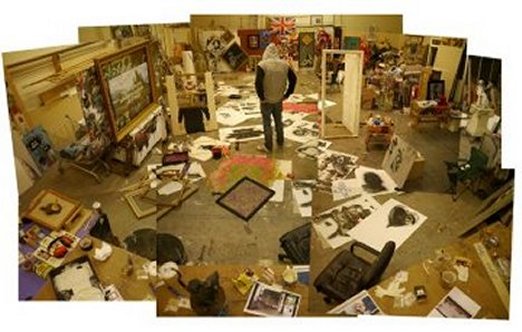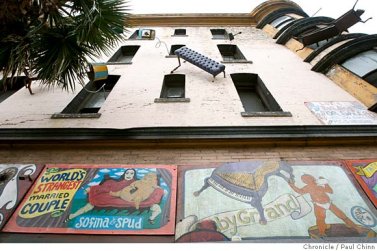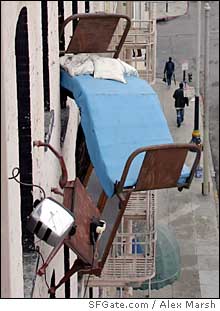City for Lovers and Friends – Lewis Mumford – Banksy in Studio
Saturday, October 19th, 2013Forget the damned motor car and build the cities for lovers and friends.
Lewis Mumford (October 19, 1895 – January 26, 1990) was an American historian, sociologist, philosopher of technology, and literary critic. Particularly noted for his study of cities and urban architecture, he had a broad career as a writer.
Edward Burtynsky – Navajo reservation adjacent to a Phoenix suburb.

via Robin Gunningham/Mr Banksy… or Banksy in Studio
Banksy homepage here.
Why Scandinavian Prisons are Superior.
It’s a postcard-perfect day on Suomenlinna Island, in Helsinki’s South Harbor. Warm for the first week of June, day trippers mix with Russian, Dutch, and Chinese tourists sporting sun shades and carrying cones of pink ice cream.
“Is this the prison?” asks a 40-something American woman wearing cargo pants and a floral sleeveless blouse.


 (
( (
(

